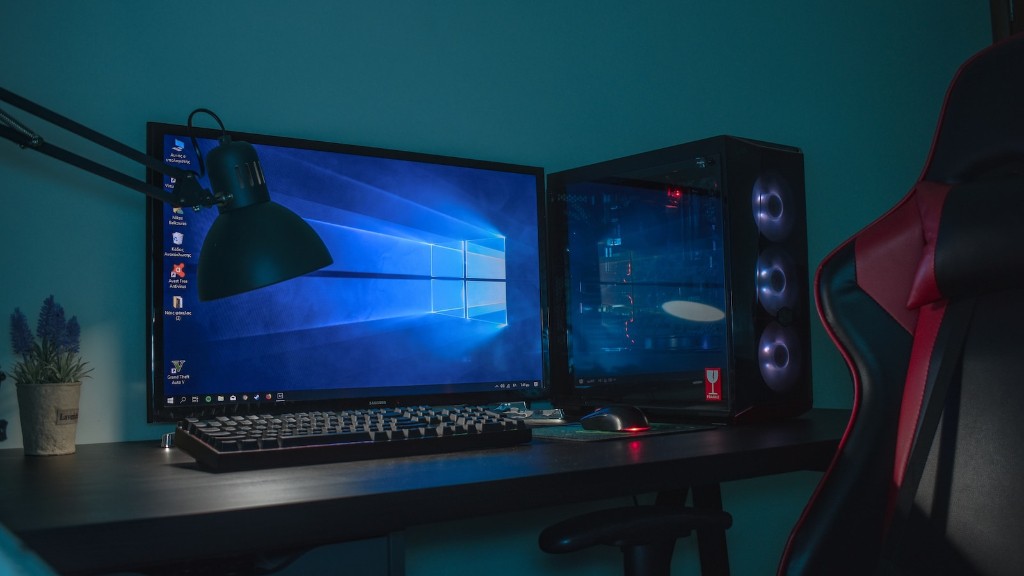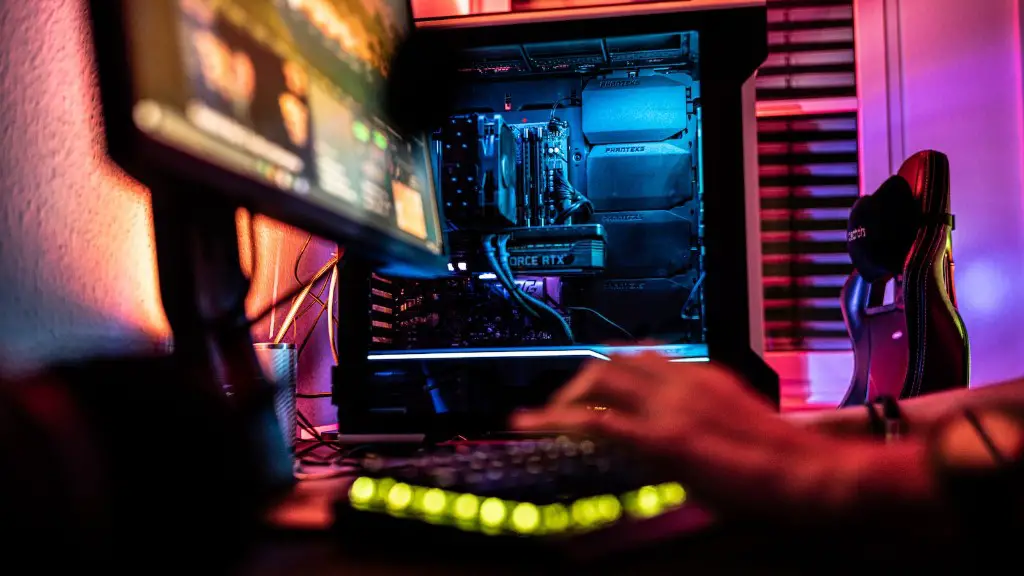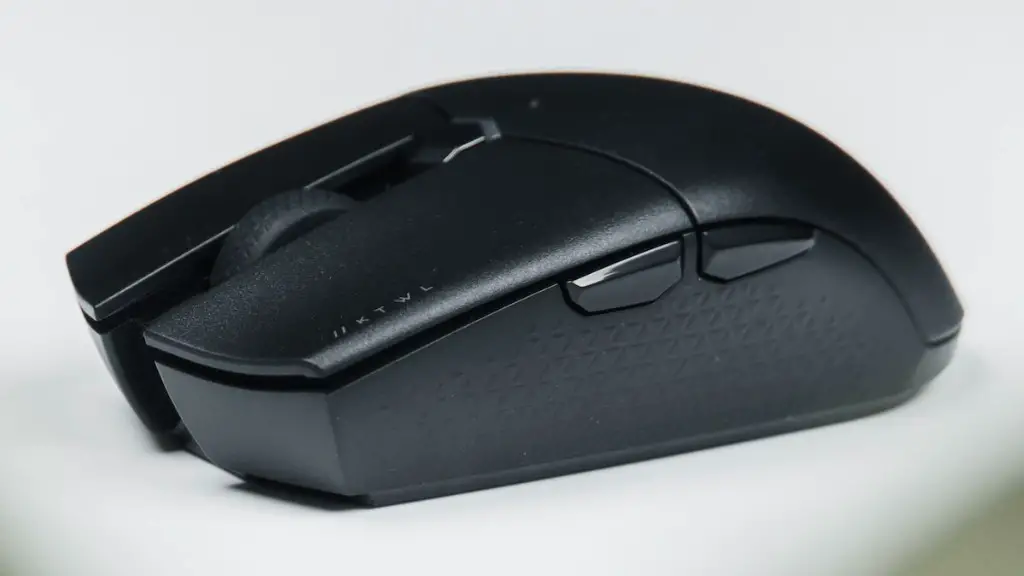When it comes to buying a new gaming monitor, you would want to know what the best Hz for your intended use is. Primarily, it all depends on your specific gaming needs. Some players prefer high refresh rates, others prefer low input lag; for some, image quality may also be an important factor. That said, there is no single answer as to what constitutes a ‘good’ Hz for gaming monitors. However, there are some guidelines that can help you determine which Hz is best for your gaming needs.
Merely understand the numbers isn’t enough; you need to understand what they mean in terms of practical application. At a basic level, Hz is the number of times per second your monitor updates the image you see on the screen. The higher the Hz, the smoother and sharper the image. That being said, the correct Hz will depend on the amount of detail and motion you require in your game or video. For example, high-action games that rely on fast-paced action (like first-person shooters) generally require higher Hz than slower-paced games (e.g. puzzles).
Additionally, you need to consider the type of panel used in your gaming monitor. TN panels are the most basic type of panel and offer the highest Hz ratings, up to 240 Hz for some models. On the flip side, IPS panels mainly offer 60 Hz to 144 Hz and have a slower response time than TN panels. That said, IPS panels are capable of offering superior visuals and superior viewing angles.
The good news is that most gaming monitors now include Adaptive Sync technology. This contrasts well with an old-fashioned Vsync that forces your monitor to conform to a specific Hz no matter what. Instead, Adaptive Sync technology helps ensure your monitor always offers the best visuals andHz rate for the content you’re viewing. This means that if you’re playing a slow-paced game, the Hz rate will drop to ensure a smooth experience.
In general, most gamers will find that a Hz rating of 60 or above is plenty for most gaming needs. Of course, if you want maximum smoothness, you should look for a gaming monitor offering 144 Hz or even 240 Hz. Also, don’t forget to take into account the panel type and make sure it’s appropriate for the type of games you prefer to play. With these things in mind, you should be able to make an informed decision about what Hz is best for your gaming monitor.
TN vs IPS Panels
When it comes to selecting a gaming monitor, understanding the difference between TN and IPS panels will help you make the right decision. The TN panel is the oldest panel type and it offers high refresh rates up to 240 Hz. However, its drawbacks include limited viewing angles, limited colour accuracy and minimal contrast. On the other hand, the IPS panel offers better visuals, wider viewing angles and improved colour accuracy.
Each technology has its merits, and the important thing is to select the one that best meets your needs. TN panels are great for fast-paced gaming that requires higher Hz for smoother action. On the other hand, IPS panels are better suited to more visually-intensive games that require better colour and clarity. Ultimately, there is no one-size-fits-all answer, so it is important to consider your own gaming needs before making a decision.
It should also be noted that some gaming monitors offer a combination of both TN and IPS technologies. These combination monitor models typically offer a TN panel plus an IPS panel, which can offer the best of both worlds in terms of Hz and visuals. This is a great solution if you’re looking for a balance between Hz and visuals; however, it can be more expensive to get a combined model like this.
In conclusion, while there is no single best Hz for gaming monitor, it is important to consider your needs and understand how various Hz and panel types work together to provide the best gaming experience for you. Whether you opt for TN or IPS, a combination model or something else entirely, make sure to do your research and select the model that has the best specs for your gaming needs.
G-Sync and FreeSync
Another factor to consider when selecting a gaming monitor is the inclusion of either G-Sync or FreeSync technology. Both technologies help to eliminate screen tearing by synchronizing the Hz of the monitor with the Hz of the game. This helps to ensure smooth, tear-free gaming with no unsightly visual artifacts.
G-Sync is a proprietary Nvidia technology that works with Gaming PCs that use Nvidia GPUs. It usually requires a license, but it also requires G-Sync compatible monitor screens. FreeSync, on the other hand, is an open source technology that works with both AMD and Nvidia GPUs. The main advantage of FreeSync over G-Sync is that there is no licensing fee and it works with any monitor that meets certain criteria.
It is important to consider the implications of both solutions before making your buying decision and, if possible, evaluate each technology for yourself. While G-Sync is more expensive, it usually offers a smoother experience. On the other hand, FreeSync is usually more affordable but may not deliver the same level of smoothness. In any case, both technologies help to ensure smooth gaming without screen tearing.
When selecting a gaming monitor, G-Sync and FreeSync are technologies that help to eliminate screen tearing. G-Sync is more expensive and requires a license, while FreeSync is less expensive and is open source. Ultimately, it all depends on your budget, the type of games you play, and your own preferences. However, it is worth taking into account both options before making a final decision.
Display Resolution
Another important element to consider when selecting a gaming monitor is display resolution. The most common gaming monitor resolutions are 1080p and 1440p, but higher resolutions such as 4K UHD are also available.Naturally, higher resolutions will result in sharper images, but there are some drawbacks; for example, higher resolutions require more processing power. Therefore, it is important to carefully consider the resolution of the monitor before making your purchase.
1080p offers a great balance between performance and visuals, and most gaming monitors are available in this resolution. On the other hand, 1440p is better suited for enthusiasts and those who demand more detailed visuals. For example, it can be ideal for games that require detailed image quality, such as first-person shooters. However, it requires more processing power, thus it may not be ideal for low-end gaming PCs.
Moreover, 4K UHD is becoming increasingly popular, but it requires a very powerful PC to run smoothly. That said, many modern games can take advantage of the increased resolution, and the resulting visuals can truly be breathtaking. Ultimately, the resolution you choose will depend on your gaming needs, your budget, and the type of games you are playing.
Input Lag
Finally, input lag is an important factor to consider when selecting a gaming monitor. This is the amount of time it takes for a monitor to receive and display the signal sent by the PC. As with Hz and resolution, a higher input lag can result in an improved gaming experience. Generally speaking, monitors with a lower input lag will provide a better response time, while monitors with a higher input lag will provide a more responsive gaming experience.
In addition to this, it is also important to consider the type of connections available. Monitors with HDMI connections will typically offer the lowest input lags compared with other types of connections. On the other hand, some monitors may offer USB connections for a slightly lower input lag. Finally, it is also worth considering DisplayPort connections as they are becoming increasingly popular for gaming monitors and offer some of the lowest input lags around.
In summary, input lag is an important factor to consider when selecting a gaming monitor. Monitors with HDMI, DisplayPort, and USB connections all offer fairly low input lags. However, the ideal connection will depend on your PC setup and budget. Also, it is important to bear in mind that higher input lag can result in a more responsive gaming experience, but it may cause slight delays in input control.


